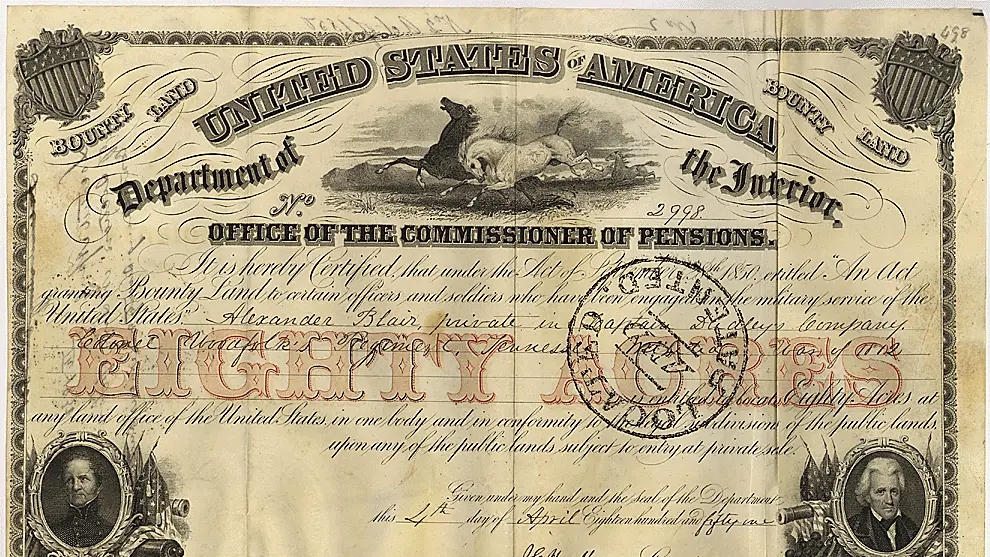
History of VA in 100 Objects
Object 2: Bounty Land Warrant
For a nation with limited financial resources, bounty land warrants were an appealing tool to encourage military enlistments. The promise of free 160 acres was the country's second benefit authorized for Veterans. However, the measure had devastating effect on the Indian nations that were dispossessed from the land.
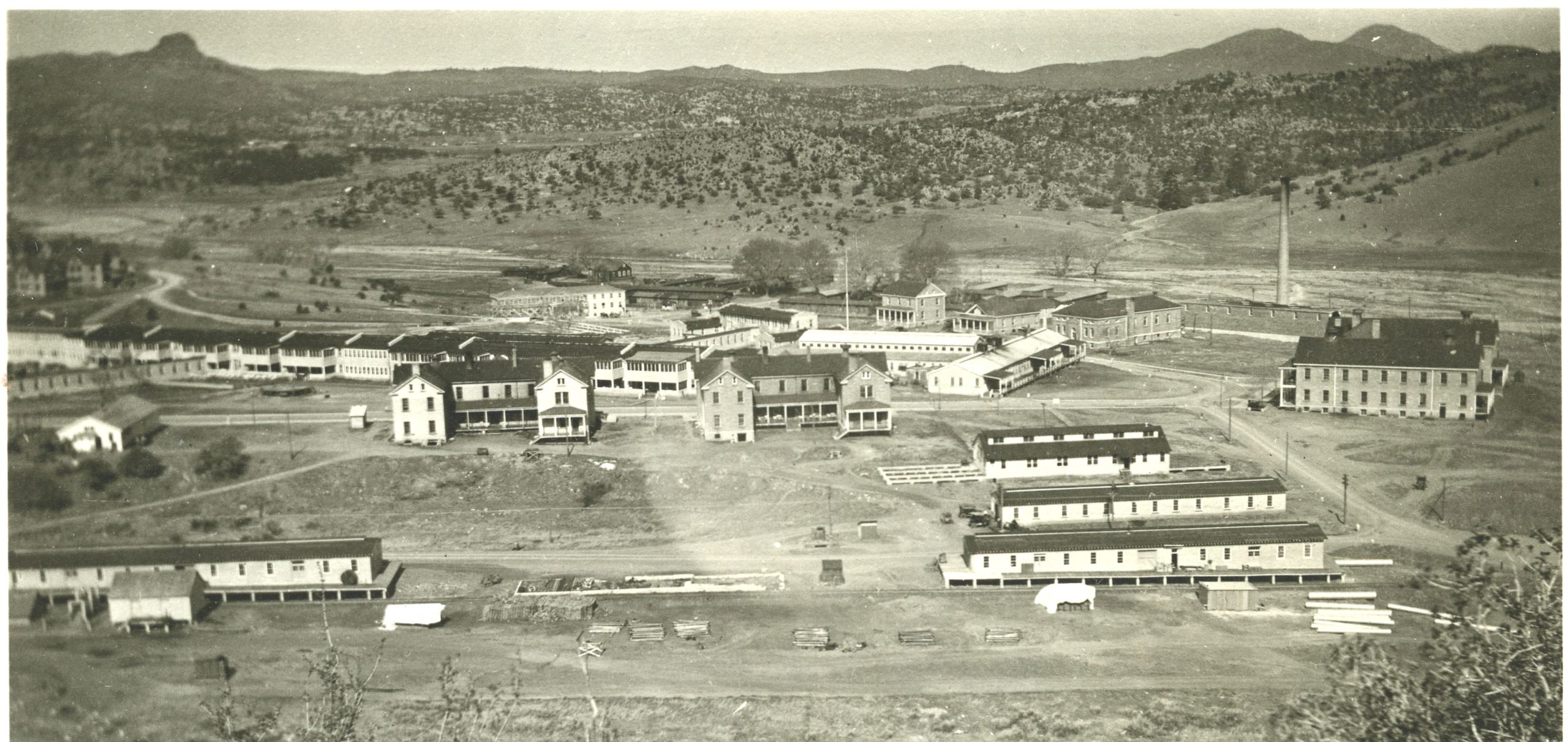
Featured Stories
Fort Whipple – Historic VA Medical Center Started as Army Post
The present-day Bob Stump VA Medical Center campus in Prescott, Arizona has had a long and interesting history from the time the Arizona Territory was created in 1863. Established as Fort Whipple, the facility transitioned over many years to an eventual VA Medical Center campus.
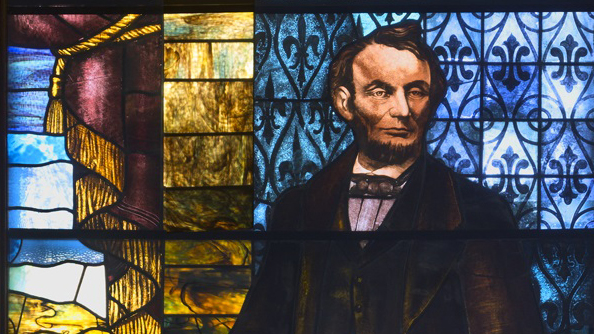
Featured Stories
Lincoln And Grant in Lights: The Grand Army of The Republic’s 1887 Memorial Stained-glass Windows
After the Civil War concluded, the Veteran service organization Grand Army of the Republic commissioned multiple stained glass windows that were early powered light displays. Two survive today at VAs in Leavenworth, Kansas and Milwaukee, Wisconsin.
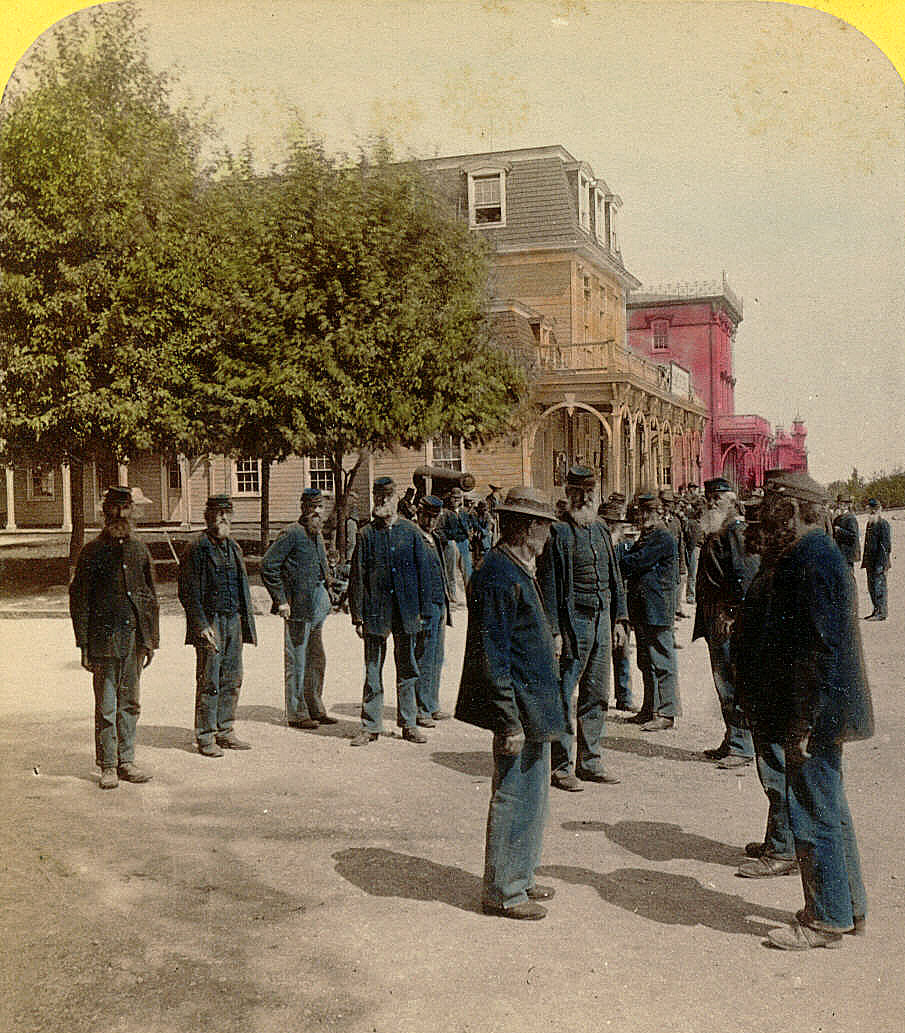
Featured Stories
An Independence Day Celebration at The National Home For Disabled Volunteer Soldiers
How did Veterans from the Civil War celebrate their country's Independence Day in 1875? In a feature that appeared last year on the VA Insider digital platform, a unique perspective is gained in a late 19th Century July 4th celebration.
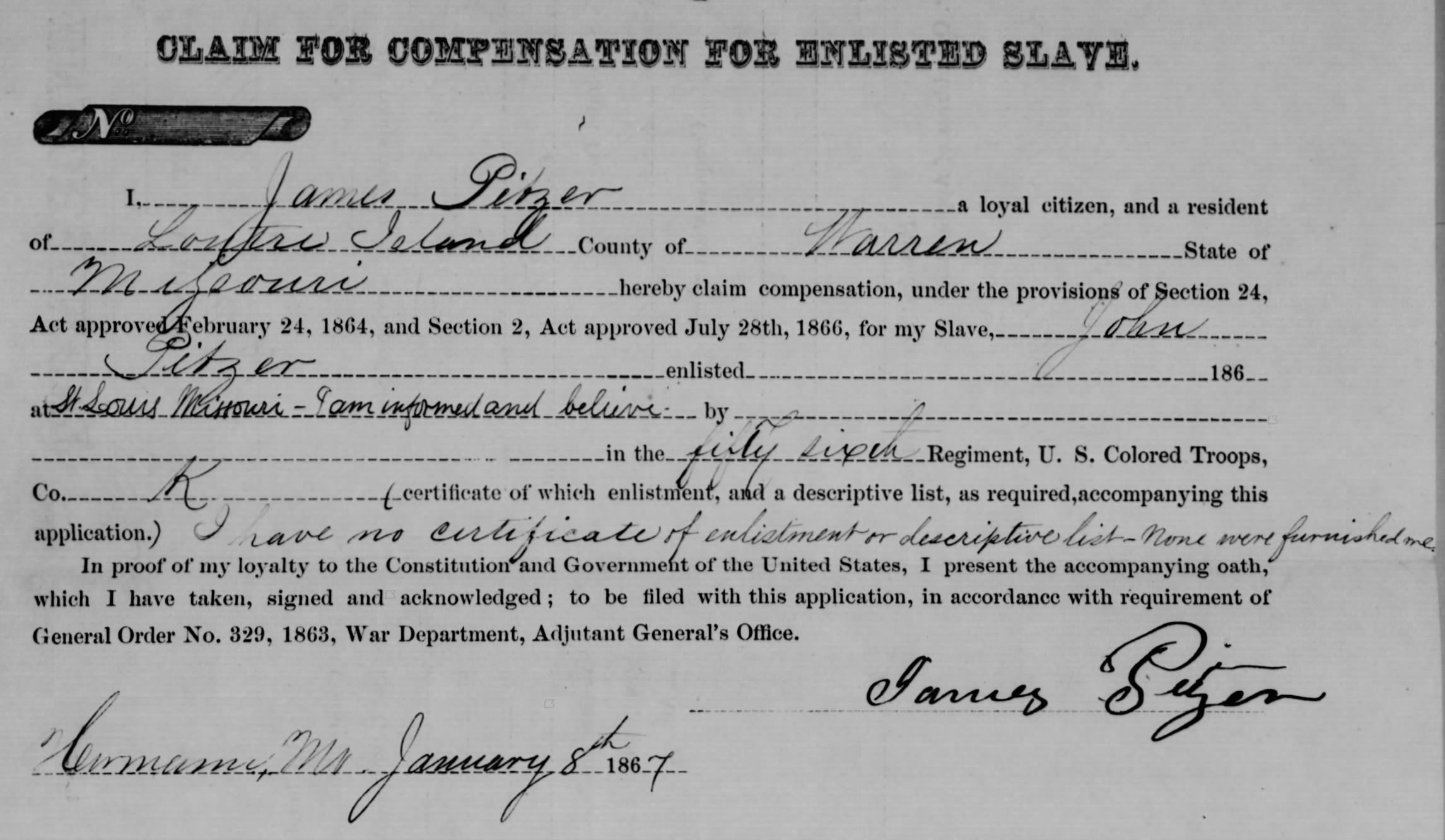
Featured Stories
John Pitzer and the journey from Loutre Island
The American Civil War began in April 1861 and within a month, enslaved African Americans, like those from Loutre Island, seeking shelter behind Union lines shifted the war’s objectives - improving emancipation policies. NCA intern Jacob Klinger dives into the experience of Soldier John Pitzer, who served in this dynamic time period and is memorialized at the Jefferson Barracks National Cemetery in St. Louis.
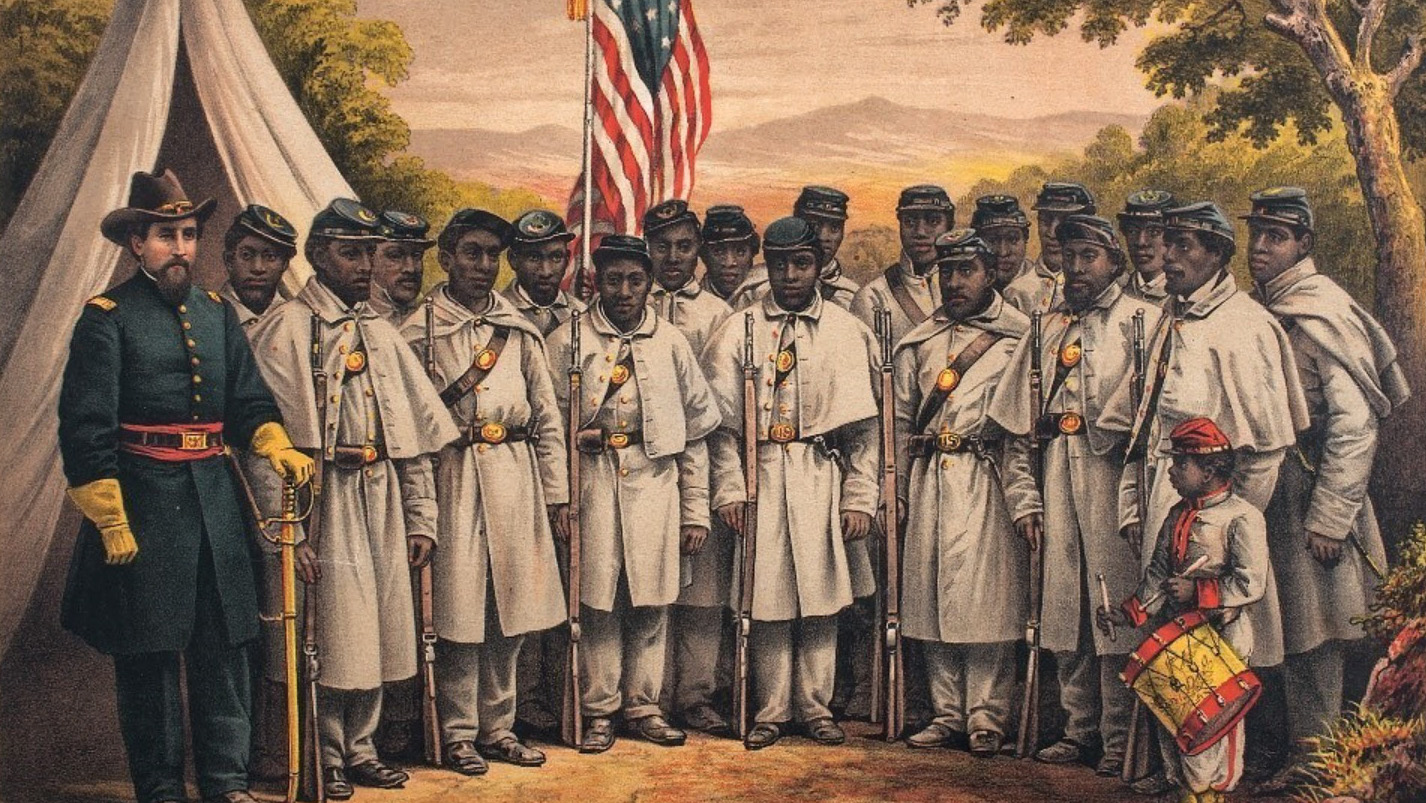
Exhibits
Substitution in the Civil War
VA History Exhibit - When the U.S. had to increase enlistments to handle the burden of manpower demands for the battlefield, a draft was legislated in 1863. A provision was written in that gave a drafted person the choice to pay someone who was willing to serve in their place. This was called substitution.


